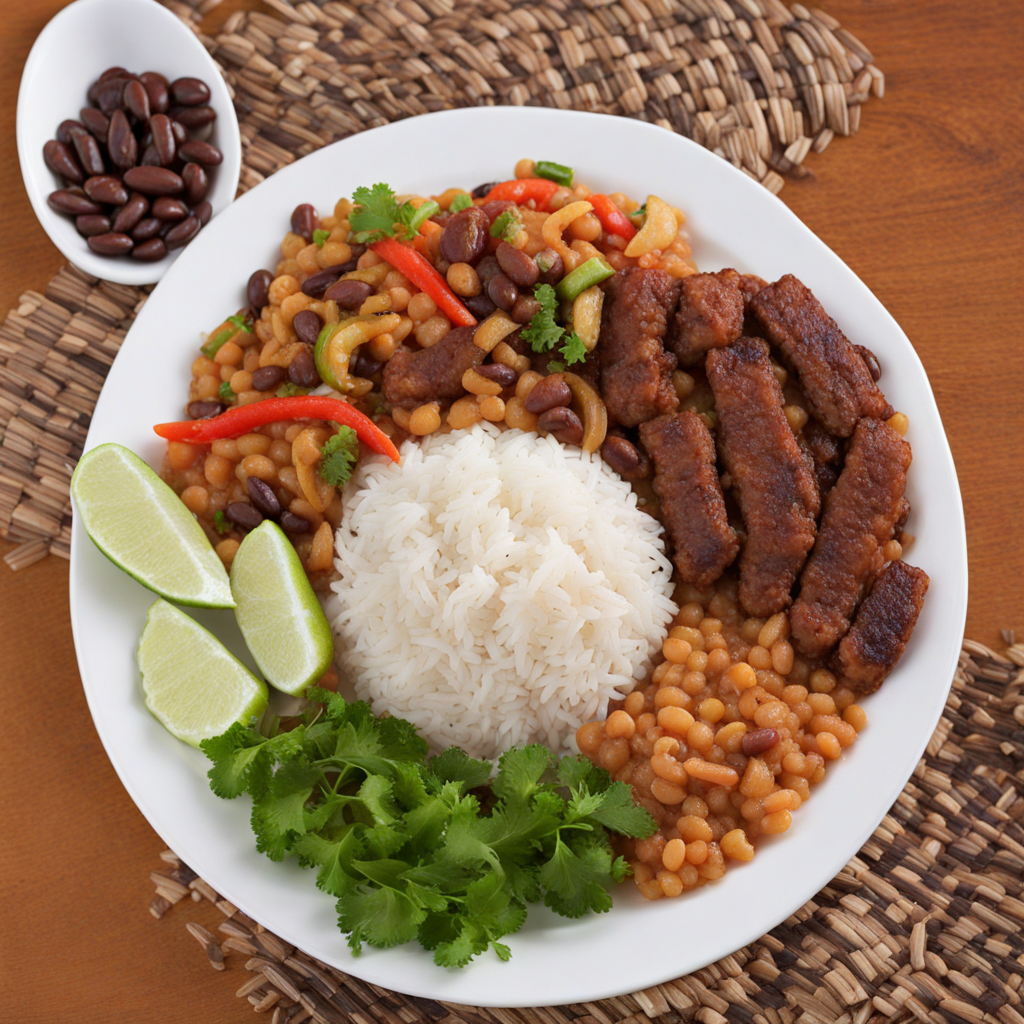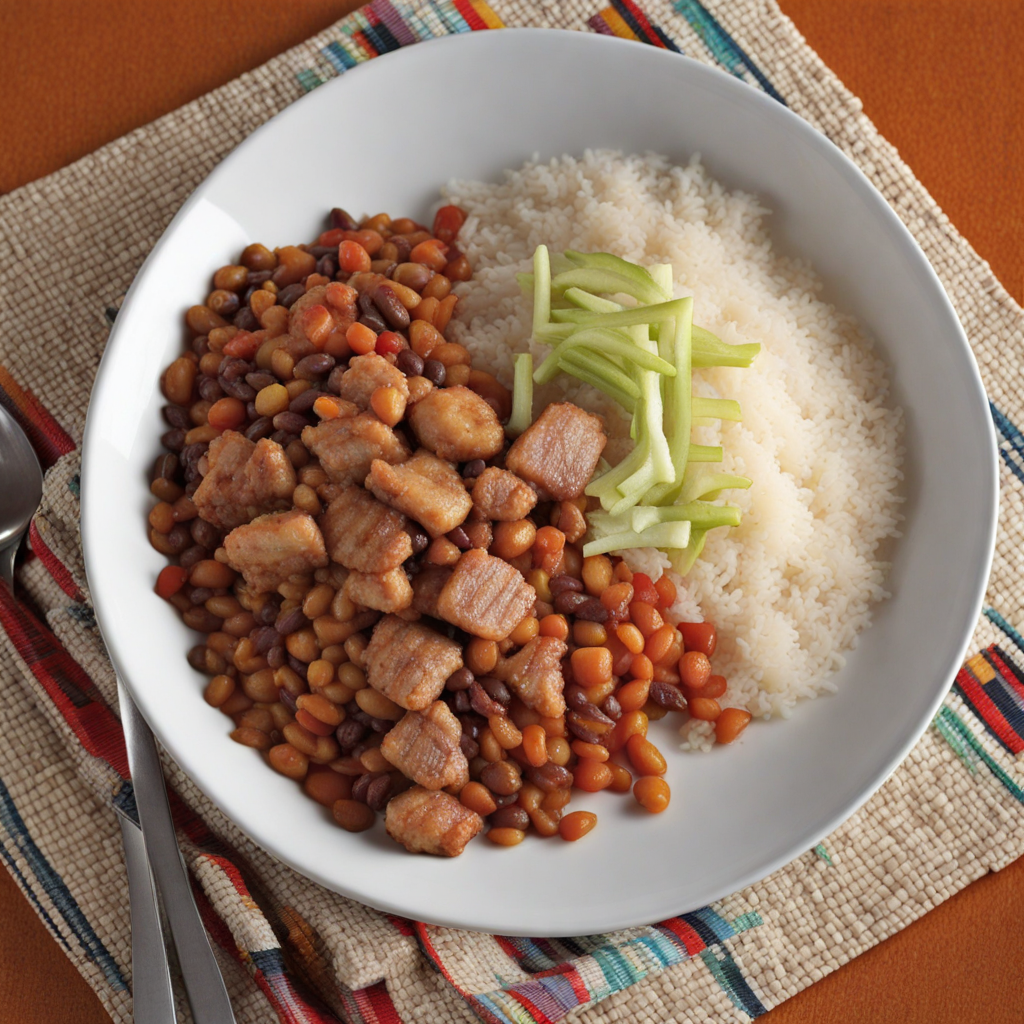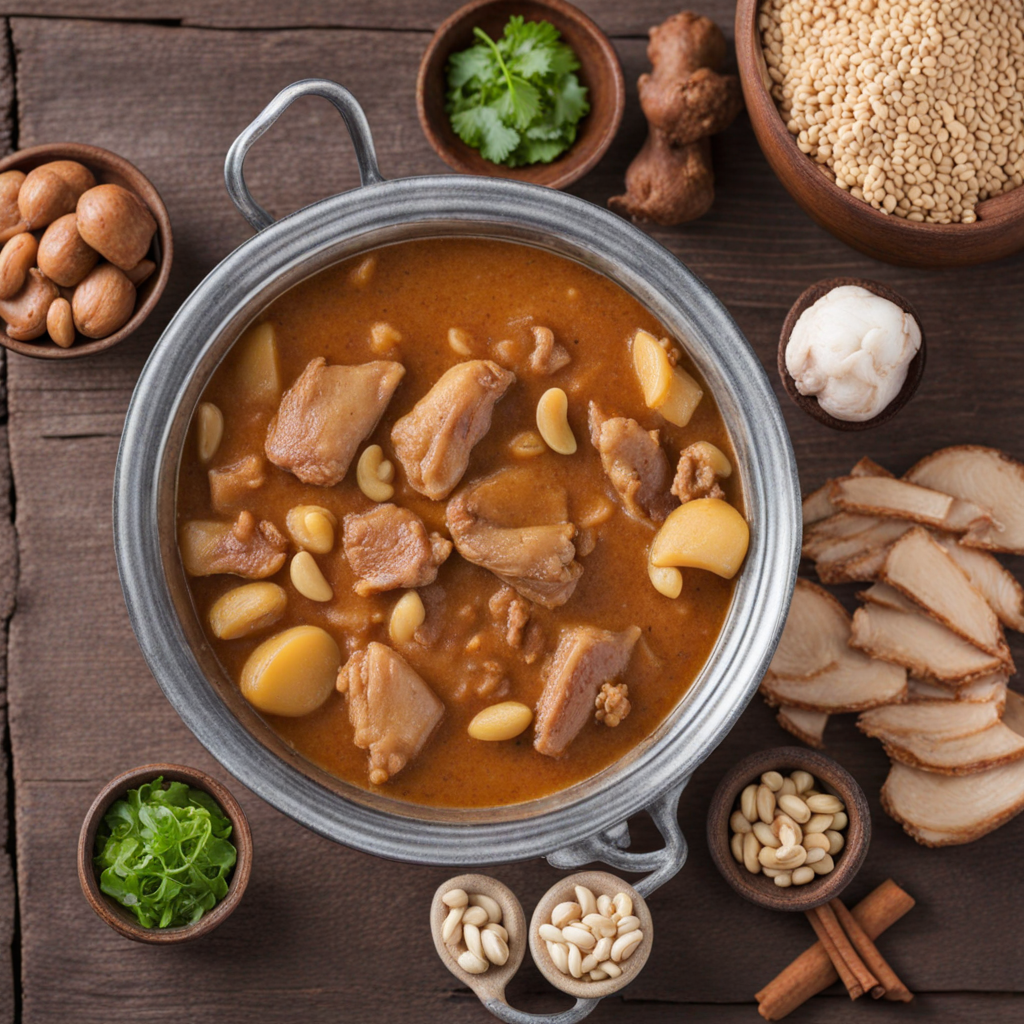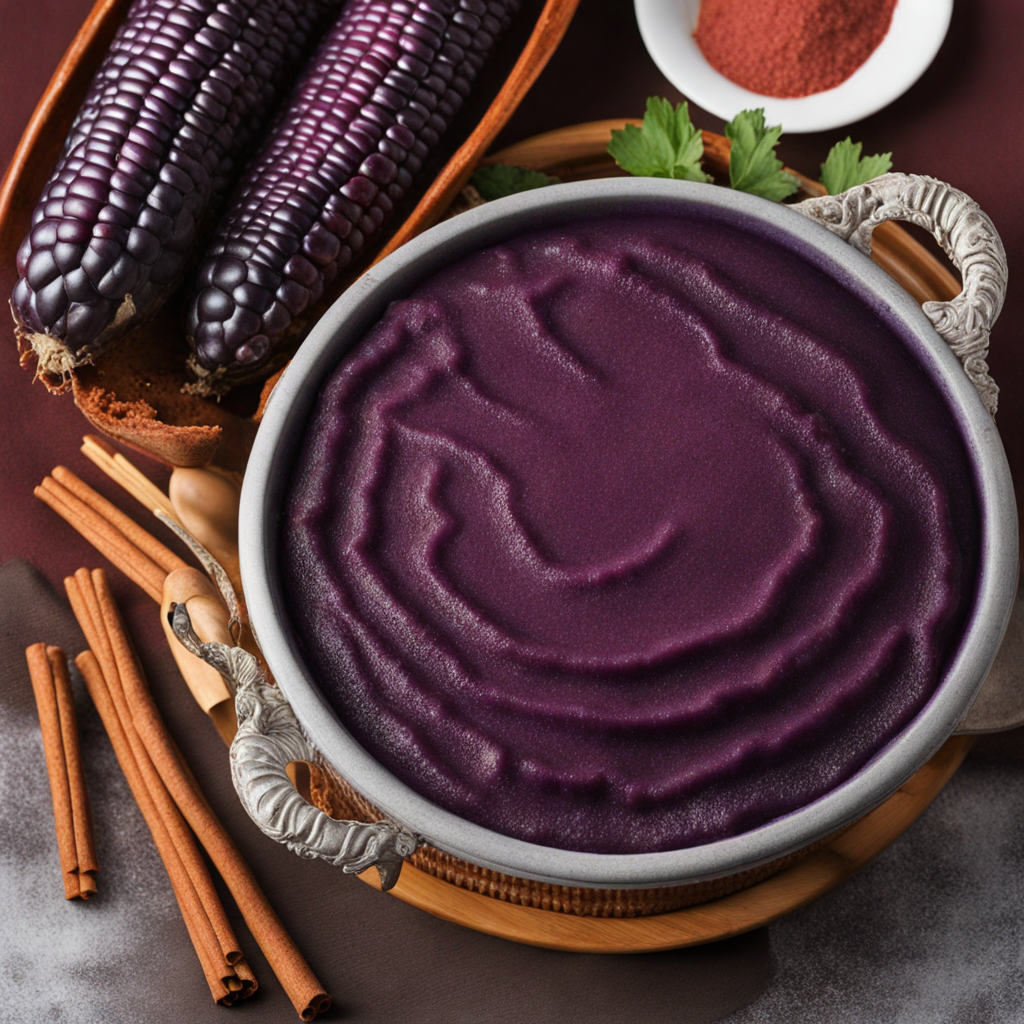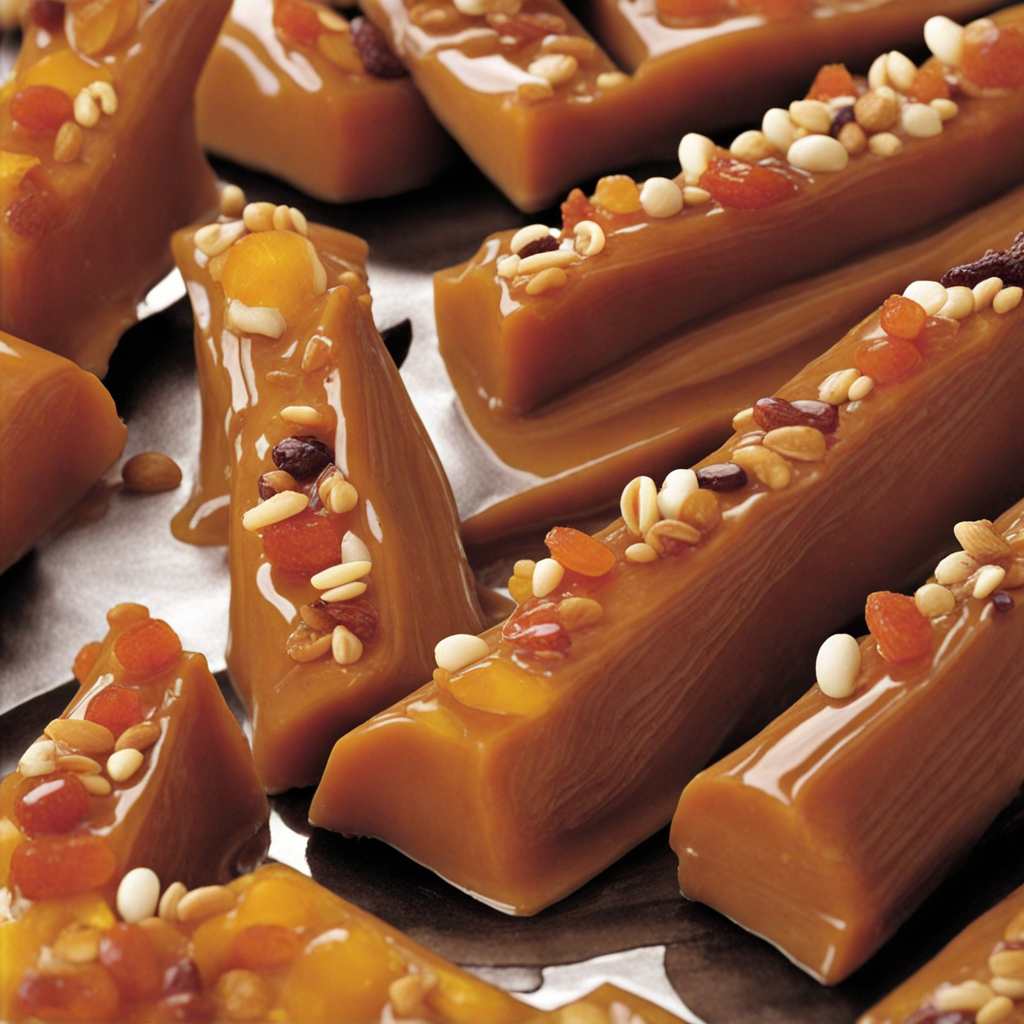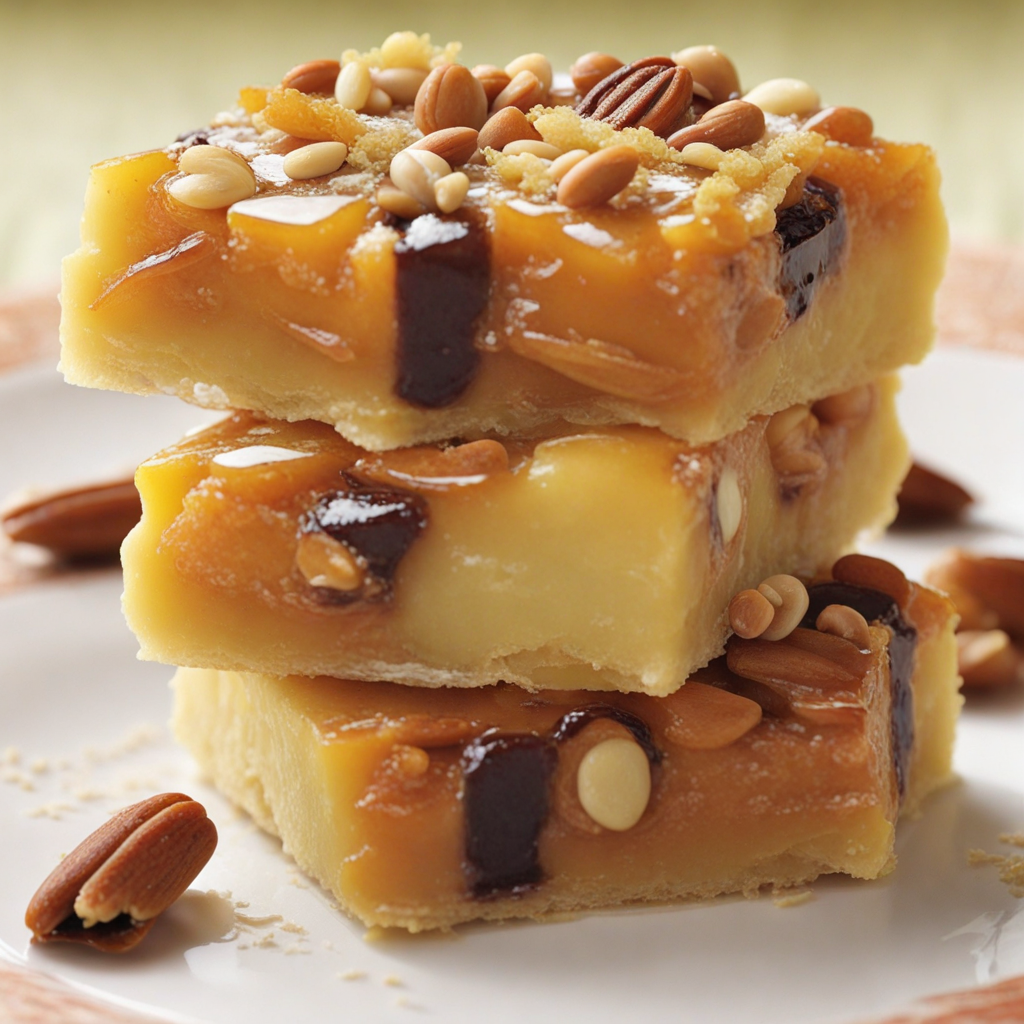Tacu Tacu
Tacu Tacu is a beloved dish from Peru, particularly popular among Afro-Peruvian communities. Its origins can be traced back to the African slaves who were brought to Peru during the colonial period. These individuals had to make do with limited resources and often used leftover rice and beans to create hearty meals. Over time, Tacu Tacu evolved from a humble dish into a staple of Peruvian cuisine, embodying the fusion of African, Spanish, and indigenous culinary traditions. The flavor profile of Tacu Tacu is a delightful blend of savory, earthy, and slightly nutty notes. The dish is primarily made from a mixture of rice and beans, typically using Peruvian canary beans or black beans, which contribute to its rich flavor. When cooked, the beans infuse the rice with their creamy texture, while the caramelization that occurs during frying adds a delightful crispness to the exterior. Tacu Tacu is often served with accompaniments such as fried eggs, grilled meats, or seafood, enhancing its flavor and providing a satisfying contrast in textures. Preparation of Tacu Tacu is relatively straightforward, yet requires some skill to achieve the perfect balance of flavors and textures. The process begins with cooking the beans until they are tender, typically seasoned with garlic, onion, and spices to enhance their flavor. Once the beans are cooked, they are mashed together with leftover rice. This mixture is then formed into a patty. The key step in preparation involves frying the patty in a hot
How It Became This Dish
Tacu Tacu: A Culinary Journey Through Peruvian Heritage Tacu Tacu is more than just a dish; it is a vibrant tapestry woven from the threads of Peru's diverse cultural heritage. This beloved Peruvian dish, primarily made from a mixture of rice and beans, embodies the country’s rich history, blending indigenous practices with influences from African and Spanish cuisines. To understand Tacu Tacu is to delve into the heart of Peru itself, exploring its origins, cultural significance, and evolution through time. Origins: A Fusion of Cultures The roots of Tacu Tacu trace back to Peru's pre-Columbian era, where the indigenous peoples cultivated a variety of beans and grains. The ancient Incas, for instance, revered legumes and grains as staples of their diet, particularly the native varieties of beans and quinoa. Rice, however, was introduced later, during the colonial period, when Spanish colonizers arrived in the 16th century. Over time, rice became a common staple in Peruvian kitchens. The name "Tacu Tacu" itself is derived from the Quechua word “taku,” which means “to mix.” This etymology reflects the dish's essence: a hearty blend of leftover rice and beans, often seasoned with spices and aromatics. It was a practical solution for households to minimize food waste, showcasing the resourcefulness of the people. The arrival of African slaves during the colonial period added another layer to Tacu Tacu's identity. Enslaved Africans brought their culinary traditions and techniques, which influenced the way Tacu Tacu was prepared and served. They often utilized the remnants of meals, creating new dishes from what was available. This practice of reimagining leftovers speaks to the resilience and creativity of marginalized communities. Cultural Significance: A Dish of the People Tacu Tacu holds a significant place in Peruvian culture and cuisine, transcending social classes and regional boundaries. It is often considered a "humble" dish, yet its preparation involves care and attention, reflecting the love that goes into family meals. In many households, Tacu Tacu is a comfort food, evoking memories of family gatherings and shared meals. In the bustling streets of Lima, Tacu Tacu can be found in both humble eateries and upscale restaurants, illustrating its versatility. Street vendors whip up quick servings to hungry passersby, while gourmet chefs elevate the dish with innovative ingredients and presentation. This adaptability highlights Tacu Tacu's enduring appeal across different social strata. Tacu Tacu is often accompanied by a variety of side dishes, such as fried eggs, grilled meats, or seafood, which add layers of flavor and texture. The dish is also typically served with a side of salsa criolla, a zesty onion and tomato salad, enhancing its freshness. In this way, Tacu Tacu not only satisfies hunger; it also provides a sensory experience that is deeply rooted in Peruvian culinary traditions. Evolution: From Tradition to Modernity As Peru entered the 20th century, Tacu Tacu began to evolve, reflecting broader changes in Peruvian society and cuisine. The culinary landscape of Peru experienced a renaissance, influenced by international trends and the growing popularity of Peruvian gastronomy on the world stage. Prominent chefs like Gastón Acurio and Virgilio Martínez began reinterpreting traditional dishes, including Tacu Tacu, showcasing them in innovative ways to a global audience. The modern interpretation of Tacu Tacu often incorporates a fusion of flavors and techniques. Chefs experiment with different types of beans, such as black beans or lentils, and may add unique spices or herbs to elevate the dish. Some also incorporate local ingredients like ají amarillo (yellow chili pepper) or rocoto (a spicy Peruvian pepper), adding a contemporary twist to the classic recipe. In addition to its presence in fine dining, Tacu Tacu has also gained recognition as part of Peru's national identity. It features prominently in food festivals and cultural events, where chefs and home cooks alike celebrate the dish’s heritage while showcasing their personal variations. This has helped solidify Tacu Tacu's status as a culinary ambassador for Peru, both within the country and internationally. Tacu Tacu in Contemporary Peru: A Symbol of Unity Today, Tacu Tacu serves not only as a delicious meal but also as a symbol of unity among the diverse cultures that make up Peru. It encapsulates the fusion of indigenous, African, and European influences that have shaped Peruvian cuisine. As the world becomes more interconnected, dishes like Tacu Tacu remind us of the importance of cultural exchange and the stories that food tells. Peruvian cuisine has been increasingly recognized globally, with Tacu Tacu standing out as a dish that represents the heart of its culinary tradition. The rise of Peruvian restaurants worldwide has allowed Tacu Tacu to reach new audiences, introducing them to its rich flavors and cultural significance. Social media platforms have also played a pivotal role in promoting the dish, with food enthusiasts sharing their own experiences and adaptations, further enhancing its popularity. In a world that often seems divided, Tacu Tacu serves as a reminder of the power of food to connect people. It invites us to appreciate the shared history and labor that goes into each meal, celebrating the diversity of ingredients and cultures that enrich our plates. Conclusion: A Dish That Transcends Time Tacu Tacu is more than just a simple combination of rice and beans; it is a dish steeped in history, culture, and community. Its origins echo the diverse influences that have shaped Peru over centuries, from indigenous practices to the contributions of African and Spanish traditions. As it continues to evolve, Tacu Tacu remains a cherished symbol of Peruvian identity, uniting people around a shared love for food. Whether enjoyed at a family gathering, a street vendor's stall, or a high-end restaurant, Tacu Tacu embodies the spirit of Peru. It is a celebration of resourcefulness, resilience, and creativity—a dish that not only nourishes the body but also feeds the soul. As the world embraces the flavors of Peru, Tacu Tacu stands ready to tell its story, one plate at a time.
You may like
Discover local flavors from Peru


